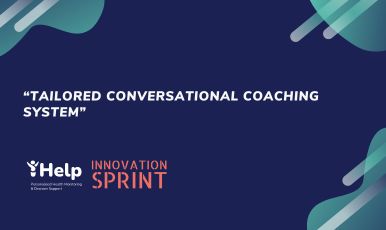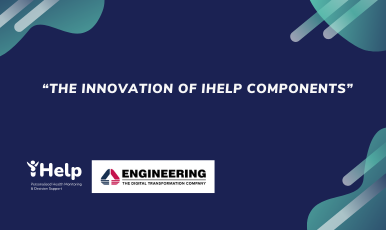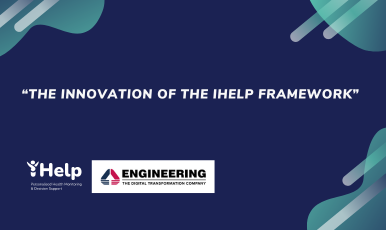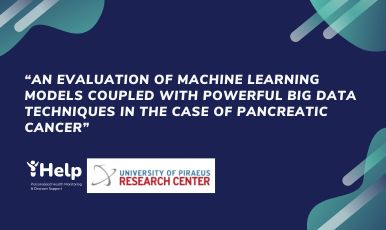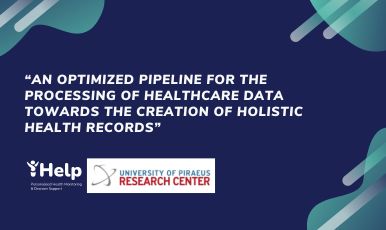Giving feedback to patients is one of the most important elements of personalized healthcare. Such feedback mechanisms include basic functionalities such as showing graphs or other data visualizations or sending messages that are composed by clinicians. The Tailored Conversational Coaching System of Innovation Sprint delivers rich personalised advice to patients in the form of dialogues.
The system serves three functionalities: Provide the dialogue authoring tools, selecting the most relevant dialogue to send to a patient at a given time, and deliver the dialogue in the mobile app the patient is using.
Dialogue authoring employs an open-source dialogue scripting language, WOOL. There dialogues are built as nodes, each with some text from the agent and some possible responses from the patient. WOOL is an open-source (MIT Licensed) software platform for authoring and executing scripted dialogues between virtual agents and users. The platform includes a visual editor tool that allows domain experts to author these dialogue scripts without necessarily having experience in writing code or script in general. The platform also includes parsers – software modules that can read, interpret and execute these dialogue scripts to power web- or mobile applications.
Dialogue selection in iHelp is done via the Healthentia platform. There, the patient is profiled and based on their immediate needs a dialogue is selected. Alternatively, external systems propose the dialogue to Healthentia. In iHelp, both mechanisms are used. On the one hand the Monitoring and Alerting component of iHelp decides on a dialogue that has to do with the patient’s adherence to doctors recommendations, and forwards this decision to Healthentia. On the other hand, Healthentia uses its internal profiling mechanism to select the most appropriate of a set of educational tips for the patient. Healthentia then notifies the patient that uses the Healthentia mobile app as a companion app (for data collection and advice delivery). Upon accepting the dialogue, it is delivered to the patient at the mobile app.
Dialogue playback is done by Healthentia rendering for the mobile app a web view with the dialogue at hand. Each node is dynamically composed, with the provided text being personalized to the patient via input variables that carry personal information like the patient’s name, achievement or goals. Also, the patient can affect the information stored about them using output variables. The most obvious usage of the output variables is for patient feedback, but more elaborate uses include negotiating their goals.

